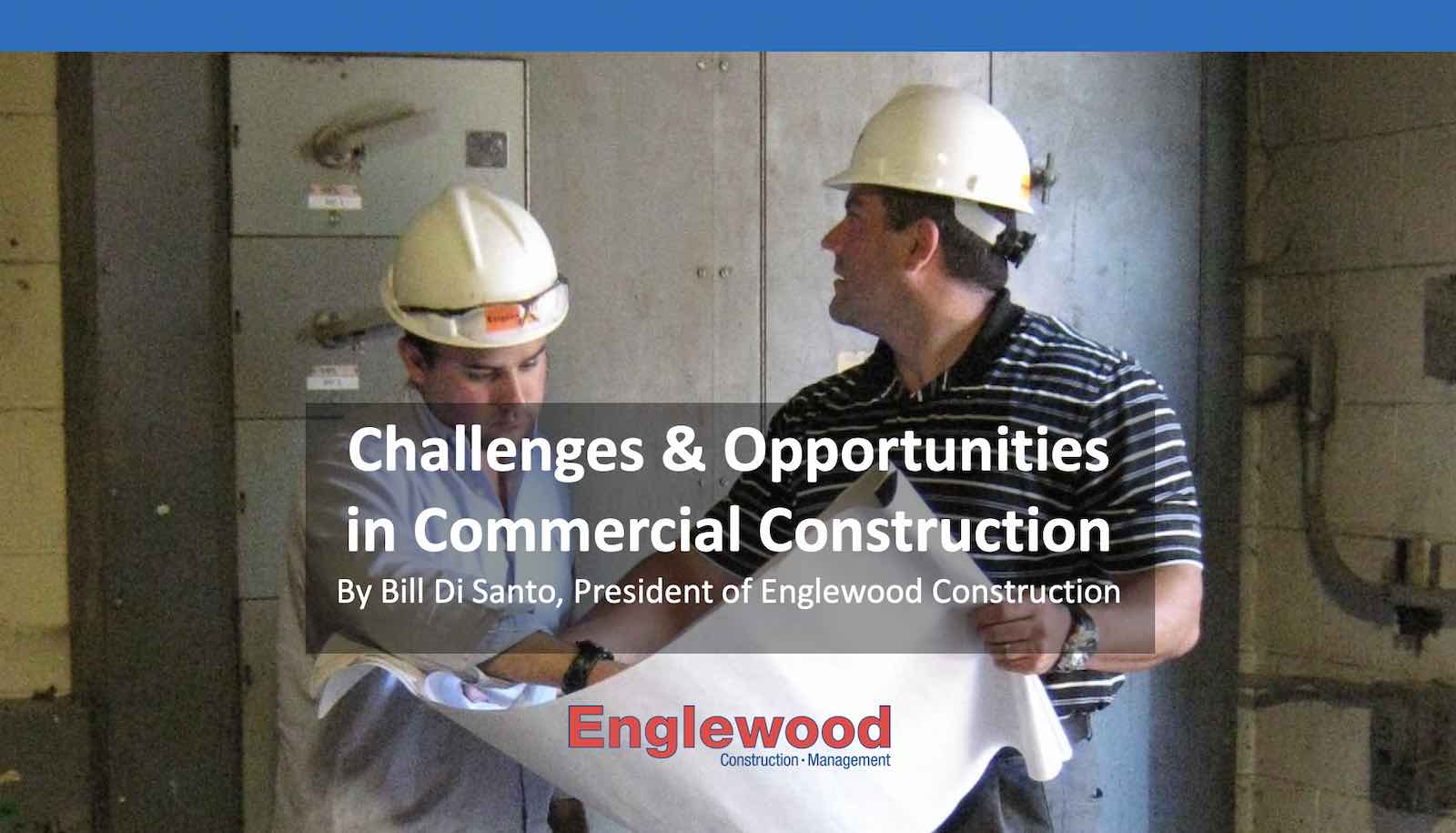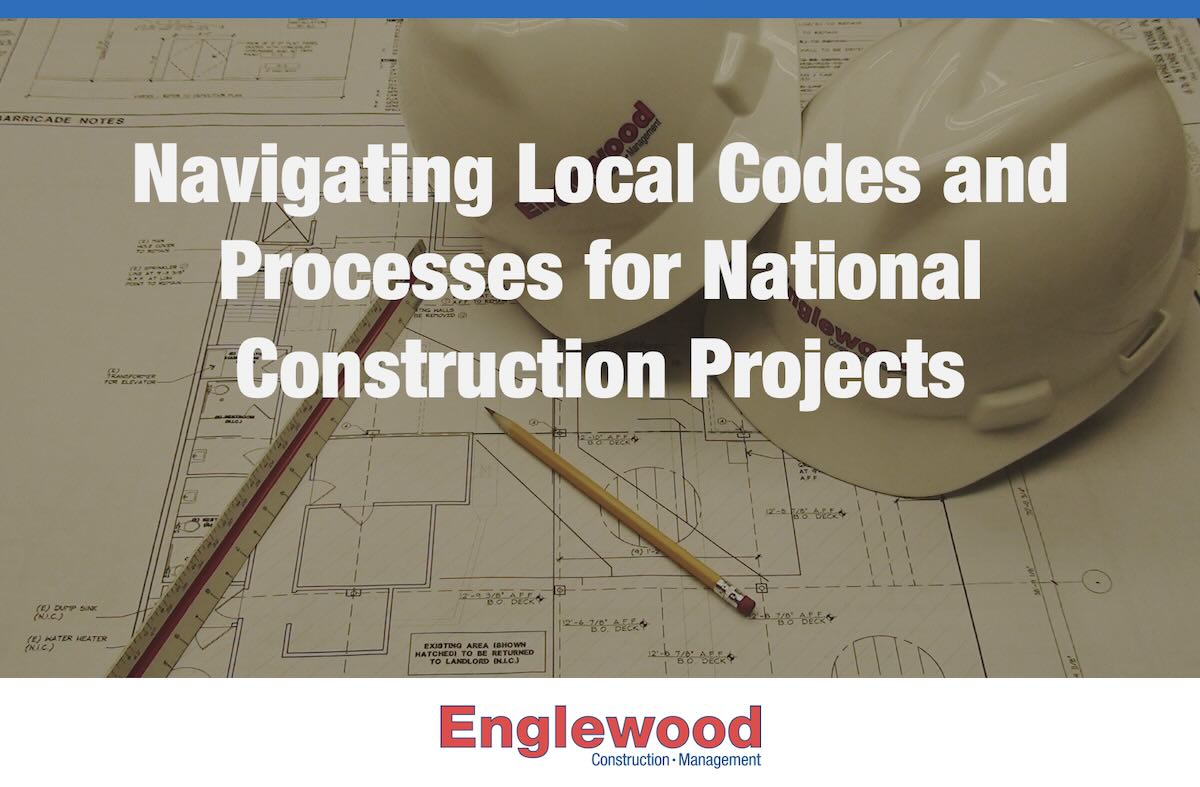Challenges & Opportunities in Commercial Construction
As a National General Contractor working across multiple verticals in the commercial construction space, we understand the challenges (COVID and Supply Chain) facing our retail, restaurant, hospitality, and senior housing clients. But we’ve also experienced a strong will to solve problems, adapt smarter ways of working, and find new opportunities. Here are just a few examples:
Working Through Challenges: Key Lessons for Moving Forward
For Englewood and our national retail, restaurant, and hospitality clients, we’ve learned that the old mindset of the lowest competitive bid and a rigid approach to material and equipment is ineffective in times like these. For example, the project can be risky if you only chase after the lowest bid. This can lead to the inability to man the project appropriately to ensure the quality it deserves.

At Englewood, we believe a new and flexible mindset must be applied to mitigate challenges and ensure a project’s and our client’s success. Here are a few key lessons learned, plus a few trends we see for the year ahead:
Managing Lead Times for Materials and Equipment: Understand when new equipment and materials will be available and plan accordingly. This may mean delaying the project to accommodate the proper delivery of these items. OR… consider alternatives and options to current the current specifications to protect the timeline of the project without sacrificing quality, performance, or brand standards. Continually stopping and starting a project can cost more in the long run.
Managing Labor Shortages: Quality subcontractors perform at a higher standard. To mitigate your risks, stick with high-quality and proven performance. Going with the lowest bidder is rarely worth it. We have spent years qualifying and building trusting relationships with our network of more than 20,000 subcontractors.
Permitting: The best way to turn your permit review process around in a timely manner is to work with a qualified and experienced architect and engineer to produce the best documents possible. Getting it right the first time can save you time and money.
Secondly, inquire if the municipality allows 3rd party review to help the process along, it could be worth the ask.
Utilities: Be mindful of delays with utility companies as well. One predicament we are working through is on a ground-up food service project, we ordered power in August of 2022 and may receive it in May of 2023. That certainly makes it difficult to schedule your opening.
Restaurant Construction is Up
According to a report from the global real estate services JLL and CSA Editor Al Urbanski, there’s a good reason why retail real estate developers vie for restaurant tenants like The Cheesecake Factory, or our client, Olive Garden. Consumer demand for full-service eateries is now higher than before COVID took root.
Food-and-beverage category sales topped one trillion dollars in the United States in 2022, up 24% from 2019 and 14% from last year.
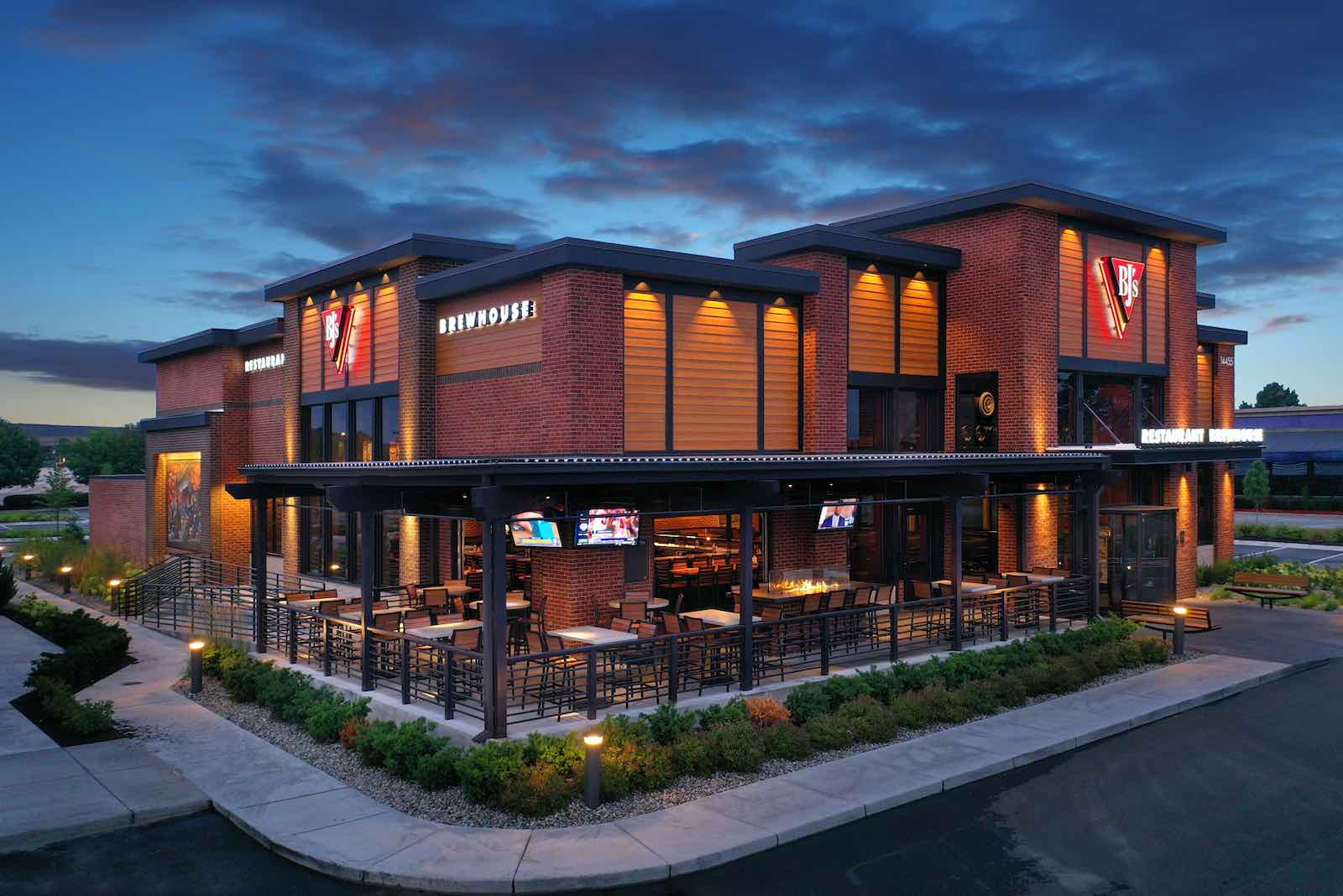
From fast food and food service to casual and fine dining, our national restaurant clients continue to build. We’ve even seen a rise in “experiential” dining concepts or restaurants embedded as part of Senior Communities on the rise.
After a few years of being locked down at home, people have shown they want to dine out. They enjoy the social or communal experience. This is where they want to spend their discretionary funds. This is a trend we see continuing in the years ahead, especially with baby boomers and young diners preferring to eat out.
Experiential Retail is Growing
One of the biggest booms in retail construction has been the growth and expansion of experiential concepts such as indoor golf, pickleball, child entertainment, bowling, and even axe throwing. Again, people are looking to get out of their homes and socialize. Many of our clients are taking advantage of this trend by repurposing free-standing venues into shopping mall retail space. This has been a big growth area for Englewood.

Senior Housing Renovation
With Baby Boomers aging, it is no surprise that Senior Housing construction and renovation are… well…BOOMING. In recent years, we’ve been working with Senior Housing developers and operators to update existing facilities, add new amenities, and retool common areas to be more competitive with new-construction senior housing options. In addition, many national senior housing operators are in “acquisition” mode and are boosting their portfolio by snapping up value-add properties they can remodel and put under their brand umbrella.
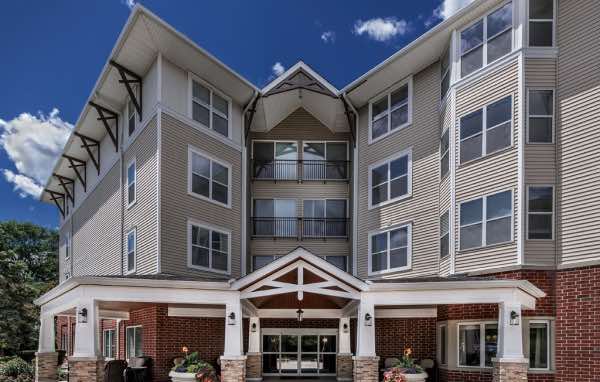
In both these cases, a trusted commercial construction contractor with local expertise is an important partner in executing renovations as efficiently as possible and maximizing both capital improvement and maintenance budgets.
There are always special considerations for a construction project in a facility that is open for business, and that is especially true with a senior housing community that residents consider their home. Not only is it critical to ensure all the appropriate construction safety precautions are in place to protect residents and their guests from any hazards associated with work taking place, but it is also imperative to schedule considerate construction work hours and follow strict daily cleanup procedures. Communication is also extremely important in this setting, so we carefully choose our project superintendents for senior community projects. Residents are naturally interested in the work taking place, so the construction team needs to be ready to field questions and interact with residents in a way that will make the project a positive experience for everyone.
Cannabis Construction: Learning Curve for Municipalities
Between 2018 and 2022, Englewood’s national construction work in the cannabis retail industry grew by 100%. We expect that trajectory to continue as more states legalize recreational marijuana use and cannabis firms expand into new markets.
Like any CRE sector, the cannabis industry comes with its own set of nuances for planning and executing construction projects – particularly since it is relatively new and highly regulated. By collaborating with our partners, including real estate developers and owners, architects, and engineers, as well as security and legal teams, we’ve gained a lot of on-the-ground and judicial expertise that has allowed us to successfully navigate this growing arena. One key area includes the learning curve for municipalities and state laws.

As states adopt new laws around the cannabis industry, there is certain to be a learning curve in the approval and permitting process for new facilities as municipalities work to fully understand state regulations as well as what additional guidelines they can apply at the local level.
That makes it exceedingly important that everyone on the project team – from the owner/developer/landlord to the architect and construction firm – be well-versed in the rules and requirements around cannabis dispensaries and cultivation facilities. Not only do we need to be able to build these facilities to both the client’s and the state’s specifications, but we also need to be able to assist and work with municipalities as they learn and implement the state regulation. It’s also helpful for partners on the project to have previous experience with similar projects in order to anticipate questions or issues that are likely to arise and head them off if possible.
Adaptive Reuse Construction: Reimagining Space
Adaptive Reuse in commercial construction is nothing new. For years, smart Real Estate Developers and property owners have been repurposing everything from old warehouses and industrial properties to shopping malls, hospitals, and historical buildings into creative mixed-use residential and commercial spaces.
While it’s always thrilling to create a new building, some of the most rewarding construction projects to work on involve the adaptive reuse of an existing property. We love the process of taking a building that has outlived its original usefulness and giving it new life for a new purpose.
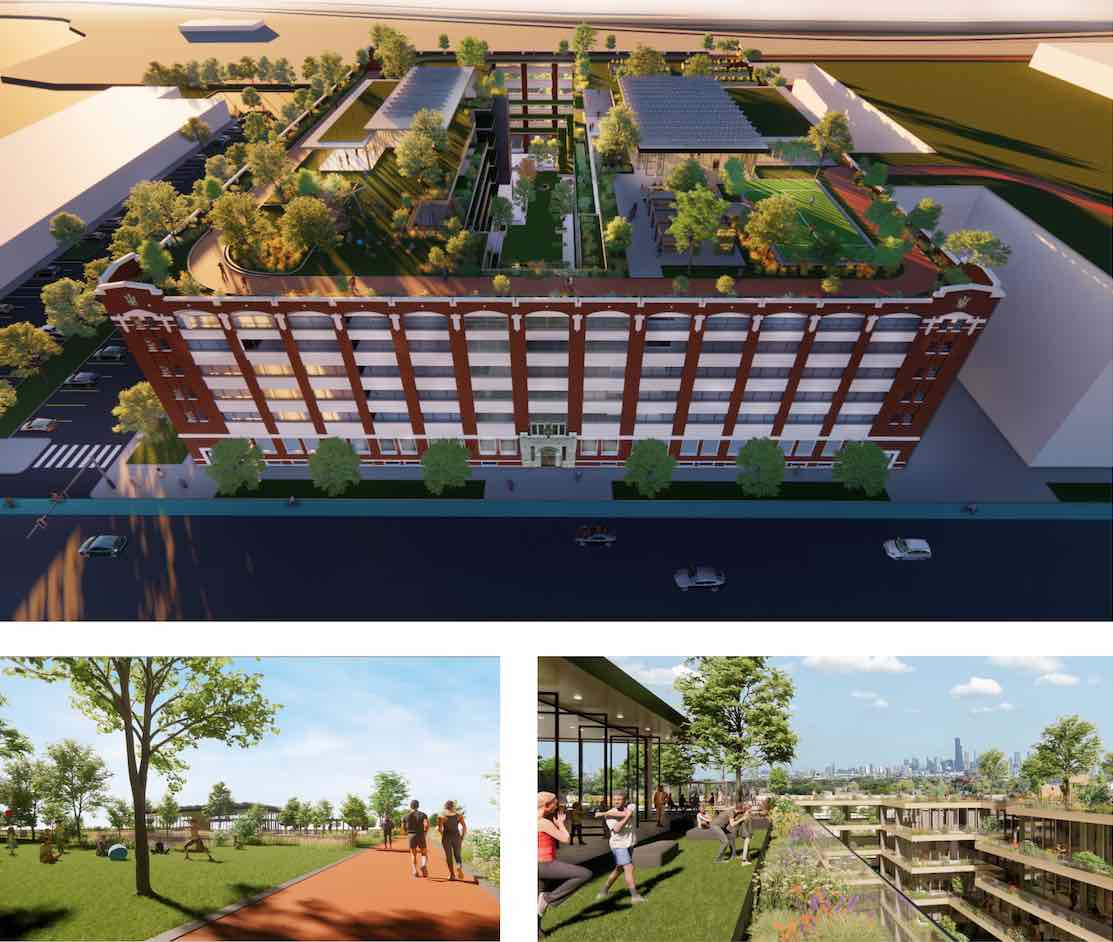
One of the first questions in any adaptive reuse project is what modifications must be made to the existing floor plan and structure so the space works for its new purpose. There’s often a lot of creativity in this process, not only from the client envisioning the potential of the space and the architect coming up with the design but also from the general contractor in figuring out how to make that design a reality and anticipating what challenges and costs are involved – some of which could potentially make or break the project such as modifications to make the space work were too much for the budget. For example, we did some budgeting for a climbing gym concept investigating a location in the former food court of a high-rise on Chicago’s Magnificent Mile. Ultimately, the costs of removing escalators and infilling atrium openings were higher than the client anticipated and killed the deal. This shows how valuable it is to involve an experienced GC in an adaptive reuse project early enough to provide realistic pricing intel.
Most adaptive-use projects will require at least some updates to building systems because you are starting with an older property. That was certainly the case with our Englewood office. Because the previous owner didn’t keep up with a regularly scheduled facility maintenance program, none of the building’s rooftop HVAC units were in a condition to be reused, so they had to be replaced.
Or, there may have been code changes since the property was originally built, requiring updates in mechanical or building systems. This is especially true for things like fire suppression sprinkler systems. With our convent conversion, an addition built in the 1980s has sprinklers, but the original building does not. Because of the change in use, we are required to install sprinklers throughout the entire building – the biggest infrastructure line item for the entire project.
Other building system updates might be necessary to meet the future use of the space. Restaurants, for example, require higher capacity for electrical, water, and waste than an office or retail space.

